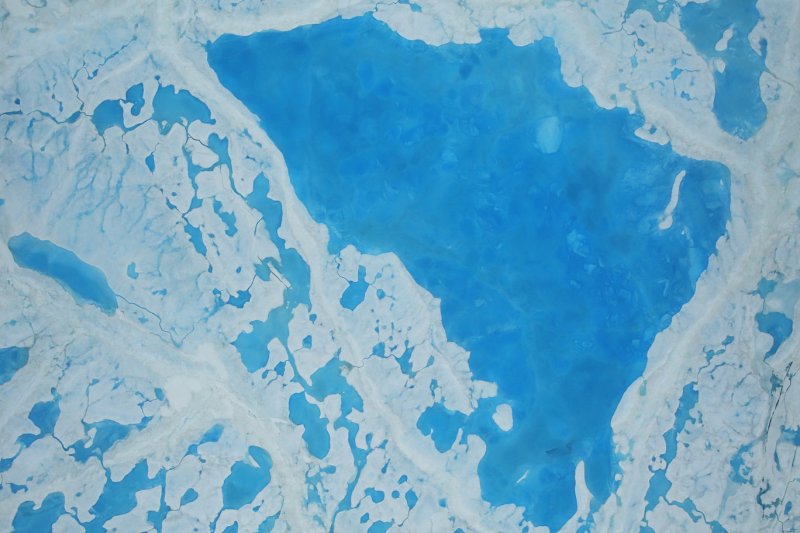BOULDER, Colo., Sept. 16 (UPI) -- Only a month ago, scientists were suggesting the rate of sea ice melting in the Arctic had slowed and the 2016 minimum was unlikely to break any records.
Fast-forward to early September, as Arctic sea ice levels reached their summertime minimum, and 2016 has joined 2007 for the second lowest minimum on record.















